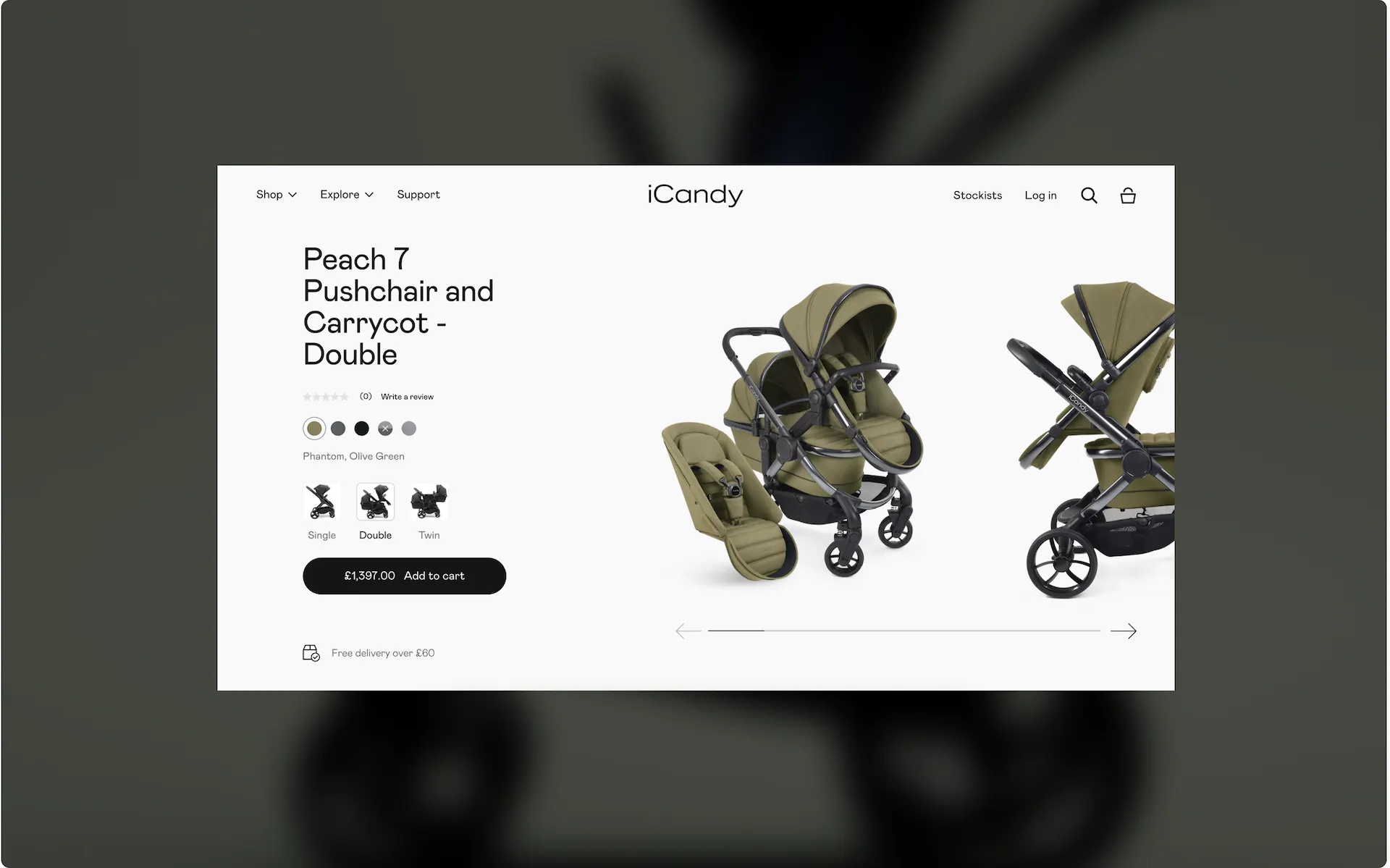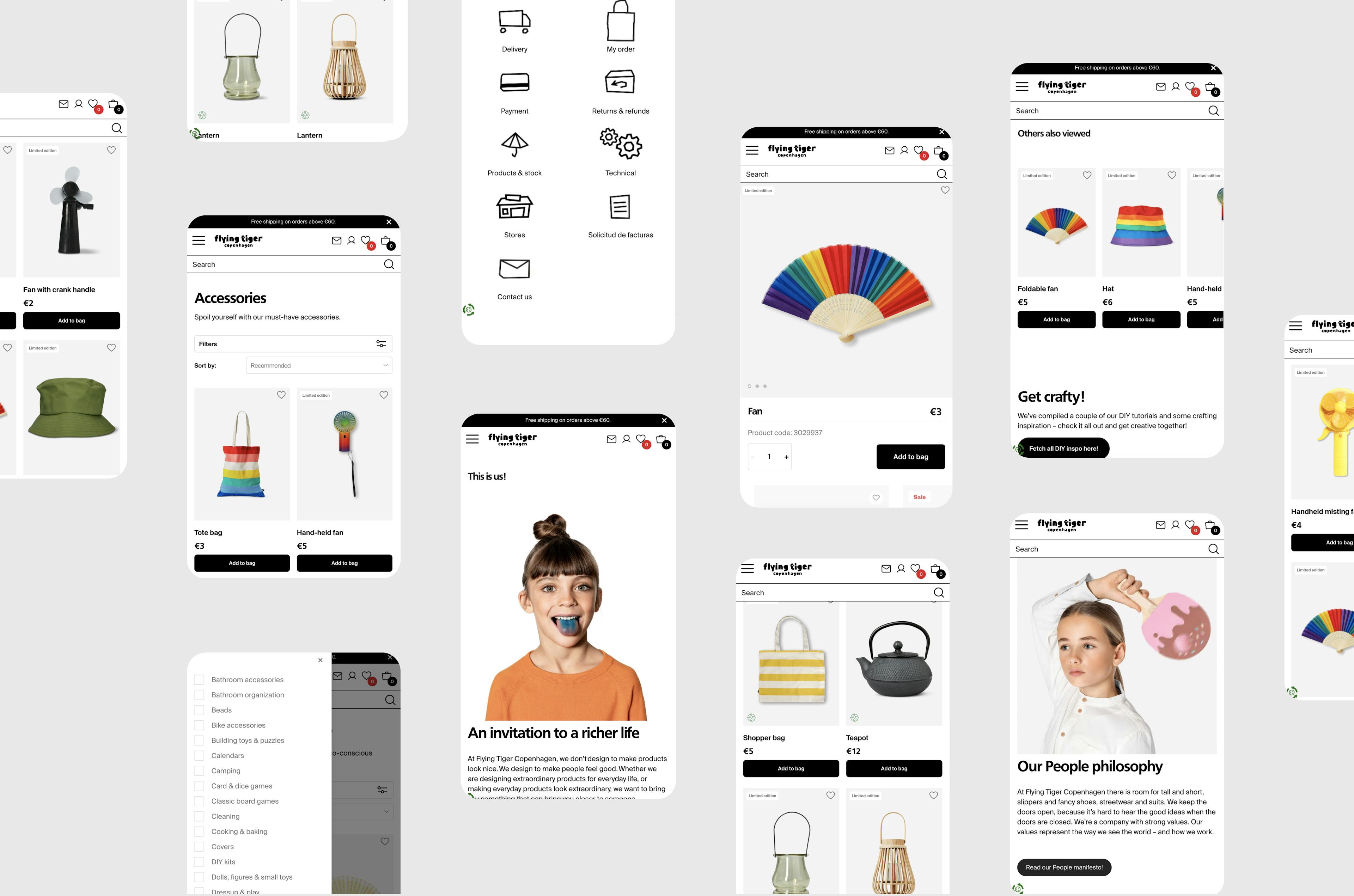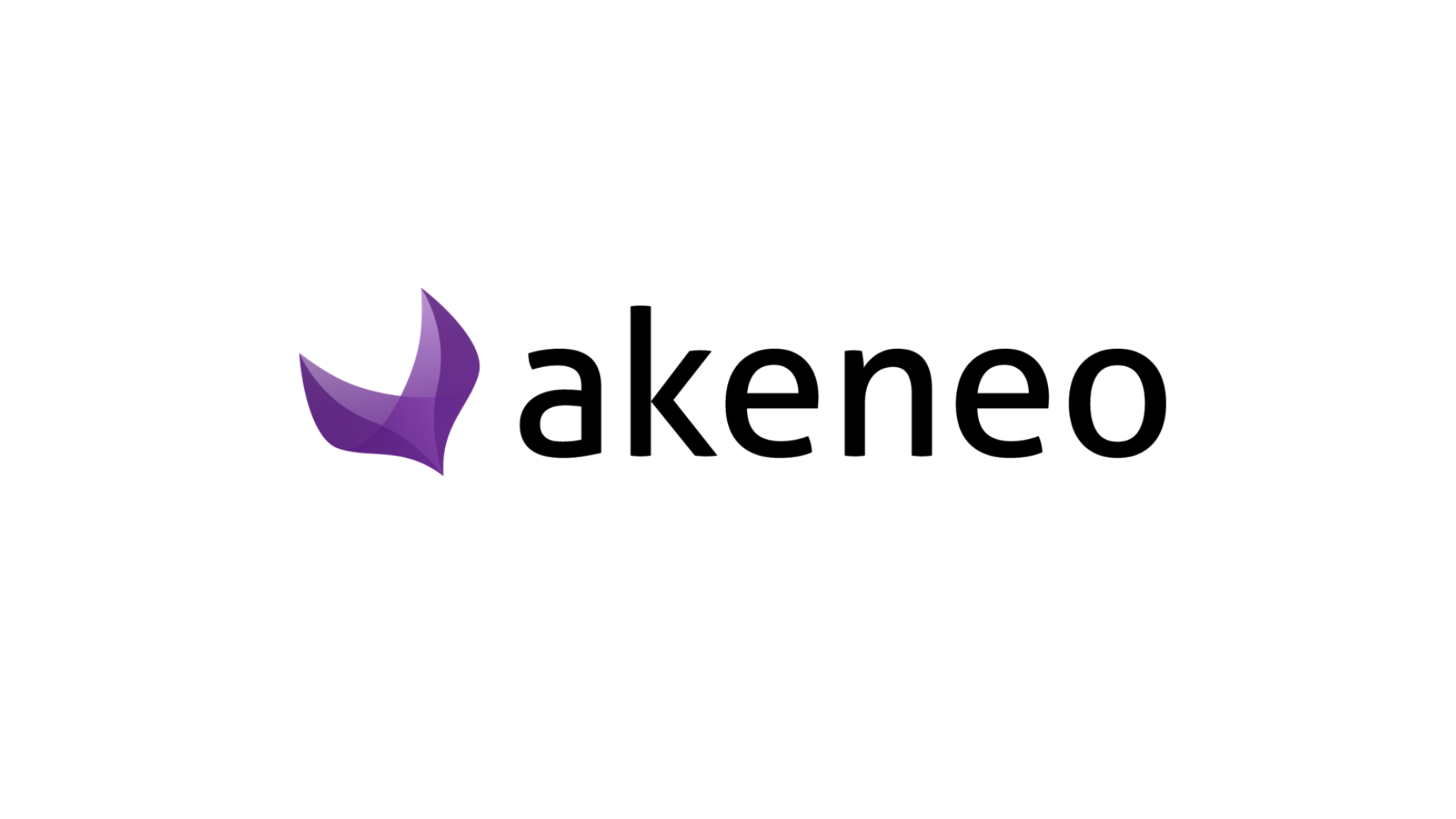We have purposefully chosen to partner with various ecommerce platforms to suit all of our client's needs. We're in an enviable position to support across a range of ecommerce platforms, such as Shopify and Adobe Commerce (Magento), so that we can advise clients on which is best for them and then deliver to suit their needs, not ours.
By offering clients options and alternatives, we believe we can understand the needs of the organisation much better by diving into the true desires of their website builds and migrations.
Shopify and Adobe Commerce are two popular ecommerce platforms businesses use to sell their products online. But sometimes, knowing which suits your business best can be tricky. We absolutely love working with both, and although both platforms offer similar functionality, some critical differences between the two may make one a better choice for your ecommerce business.
Are you planning to start an online store or wondering whether your current ecommerce platform suits your business’s needs? Look no further! In this blog, we will compare these two popular ecommerce platforms – Adobe Commerce (Magento) and Shopify - and highlight their key differences to help you make an informed decision.
So what are the differences that may impact your decision?
1. Customisation and flexibility
One of the significant differences between Adobe Commerce and Shopify is their level of customisation and flexibility. Adobe Commerce is an open-source platform, which means you have complete control over the code and can customise your online store to meet your specific business needs. You can modify your store's design, functionality, and features as much as you want, making it highly flexible and scalable. However, this requires technical expertise and may involve higher development costs.
On the other hand, Shopify is a hosted platform, which means you have limited access to the code and customisation options. While Shopify provides a wide range of design templates and plugins, customisation options are more restricted than Adobe Commerce. This makes Shopify ideal for small to medium-sized businesses with more straightforward requirements and minimal technical skills.

Shopify was perfect for Boodles as they required a focus on design and a shift to a user-friendly backend platform.
2. Cost
Cost is another crucial factor when choosing an ecommerce platform. Adobe Commerce and Shopify have different pricing models.
Adobe Commerce offers a free open-source Community Edition (CE) that requires hosting, development, and maintenance costs. However, if you need additional features and support, you can opt for the paid Enterprise Edition (EE), which can be significantly more expensive. Adobe Commerce also requires your domain name, SSL certificate, and payment gateway, which can add to the costs.
On the other hand, Shopify offers various pricing plans ranging from basic to advanced, including hosting, security, and support. While the monthly subscription fees may seem higher compared to Adobe Commerce, Shopify provides a user-friendly and all-in-one solution, eliminating the need for additional costs such as hosting or SSL certificates.
3. Scalability and performance
If you have plans to grow your online store and handle a large volume of products and traffic, scalability and performance are crucial considerations.
Adobe Commerce is known for its scalability and can handle many products, customers, and transactions. It provides robust performance, especially for enterprise-level businesses. However, Adobe Commerce requires dedicated hosting and optimised server configurations to ensure optimal performance, which may require additional technical expertise.
Being a hosted platform, Shopify takes care of server maintenance, performance optimisation, and security updates. It is known for its fast-loading times and reliable performance. However, the scalability of Shopify can be limited compared to Adobe Commerce, especially for businesses with extensive product catalogues or high levels of customisation.

The Magento 2 project with iCandy was handled immaculately throughout the design, build and launch process resulting in a significant lift in performance across the site.
4. Ease of Use
When it comes to ease of use, Shopify has the advantage. It provides a user-friendly and intuitive interface that is easy to set up and manage, making it suitable for beginners and non-technical users; also making it time effective. Shopify offers a wide range of pre-designed templates, drag-and-drop editors, and an app store that simplifies the process of building an online store without much technical expertise.
Alternatively, Adobe Commerce has a steeper learning curve and requires technical expertise to set up and manage. It provides a more complex and feature-rich platform that may require coding skills, making it more suitable a longer project with our experienced developers or for businesses with technical resources.

Within just three short months, we had designed the core EU site, began user acceptance testing (UAT), implemented the PIM solution and consulted on other integrations. Working so closely with the Flying Tiger team helped us flow smoothly from one task to the next and deliver a new, easy to use, Shopify Plus site in record time.
5. Extensions and Add-ons
Both Adobe Commerce and Shopify offer a wide range of extensions and add-ons that can enhance the functionality of your online store. However, there are some differences in their ecosystems.
Adobe Commerce has a vast library of extensions and modules available in its marketplace, including free and paid options. This allows you to add various features, such as payment gateways, shipping options, and marketing tools to your online store. However, the quality of extensions may vary, and customisation may require technical expertise.
Shopify also has a rich app store offering various plugins and integrations.

Following Discovery and Scoping with Tom DIxon we quickly saw that the current integration with the ERP system wasn't up to scratch for neither B2C nor their new B2B offering. So, working with their Microsoft Navision partner, we scoped out a whole new ERP integration that would work for all areas of the business on their Magento site.



